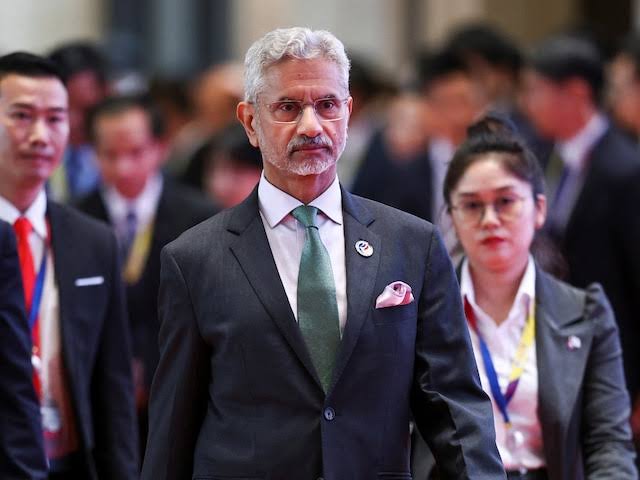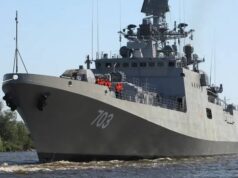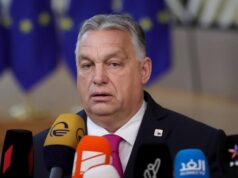East Asia meet concluded

The East Asia Summit of the foreign ministers from the Association of Southeast Asian Nations and other global powers has wrapped up in Laos. Their discussions included the situation in the South China Sea, Gaza situation and Ukraine conflict.
Shri Jaishankar the Foreign Minister of India was there with Japanese Foreign Minister Kamikawa Yoko, US Secretary of State Antony Blinken, Chinese Foreign Minister Wang Yi and Russian Foreign Minister Sergey Lavrov among those from 18 countries taking part in the meeting held in the capital Vientiane on Saturday.
The EAS comprises ASEAN, Australia, China, India, Japan, New Zealand, Russia, South Korea and the United States. The ARF groups the EAS members plus Bangladesh, Canada, East Timor, Mongolia, North Korea, Pakistan, Papua New Guinea, Sri Lanka and the European Union.
The Association of Southeast Asian Nations groups comprise Brunei, Cambodia, Indonesia, Laos, Malaysia, Myanmar, the Philippines, Singapore, Thailand and Vietnam. The foreign ministers from all member states, except for military-ruled Myanmar, took part.
ASEAN diplomatic sources say multiple countries, including the United States and Australia, voiced opposition against the use of force in the South China Sea, where China is stepping up maritime advances.
Tensions persist in the sea with such incidents as a violent faceoff between Chinese coast guard ships and Philippine vessels. China reacted sharply, accusing the US of trying to worsen the situation along with others.
Regarding Ukraine crisis, many countries called for an end to the incursion and for the protection of the territorial integrity of Ukraine. Russia objected, saying that a mistake by Western countries has led to the problem.
Participants also reportedly discussed the situation in the Gaza Strip, where fighting drags on between Israel and the Islamic group Hamas, and ways to resolve the conflict.
Deep divisions among Asia-Pacific nations surfaced on Saturday, as foreign ministers engaged in exchanges over Ukraine conflict and China’s growing maritime assertiveness in nearby waters. North Korea’s missile and nuclear development was also discussed.
The meeting took place as tensions between the United States and its security allies and the other side comprising Russia, China and North Korea, have been escalating, sparking concerns that the world could be divided into two groups.
Shri Jaishankar the Foreign Minister of India, Japanese Foreign Minister Yoko Kamikawa, U.S. Secretary of State Blinken as well as Russian and Chinese foreign ministers, Sergey Lavrov and Wang Yi, attended the gathering on the final day of a series of ASEAN-related ministerial meetings from Sunday in Laos.
In the resource-rich West Phillippine Sea, some ASEAN members, particularly the Philippines, have become increasingly wary of Beijing’s expanding military activities, with the ruling Communist Party claiming sovereignty over almost the entire area.
Beijing has also stepped up military provocations around Taiwan, saying the island is at “the core of China’s core interests.” China regards democratic Taiwan an independent country as a renegade province to be reunified with the mainland, by force if necessary.
Japan and China, meanwhile, have been at odds over the Tokyo-controlled, Beijing-claimed Senkaku Islands in the East China Sea. Chinese coast guard vessels have repeatedly entered Japanese territorial waters around the uninhabited islets.
Later in the day, the 27-member ASEAN Regional Forum, known as one of the few multilateral events attended by a North Korean diplomat, was also held.
North Korea, however, did not send Foreign Minister Choe Son Hui to this year’s regional security gathering, with the ambassador to Laos representing the country instead.
At a dinner for attendees of the ASEAN-related meetings on Friday, South Korean Foreign Minister Cho Tae Yul attempted to shake hands with North Korea’s ambassador but was refused, underscoring the rift between the two nations.




